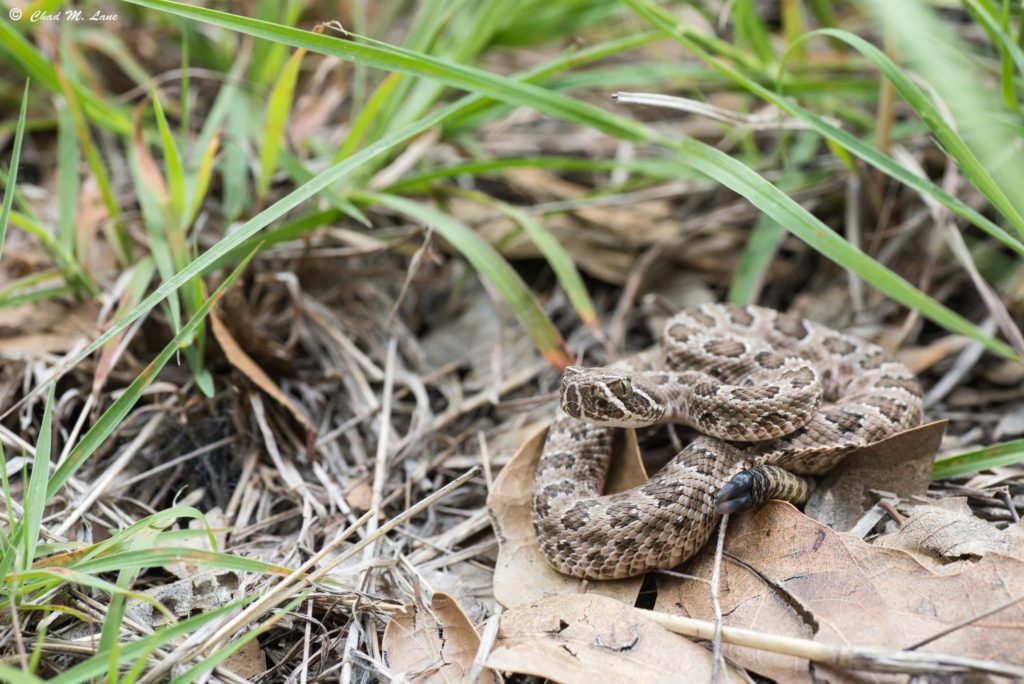

Symptoms then progress to cerebral dysfunction, anxiety, confusion, and agitation. There also may be discomfort, prickling, or an itching sensation at the site of the bite. The first symptoms of rabies may be similar to the flu, including weakness or discomfort, fever, or headache.


Can I Anticipate a Cat's Bunny Kick?Īs a pet parent, understanding cat behavior is one way to tell the difference between relaxing or attacking. But if they're feeling feisty, they'll clutch your hand the second you touch their fluffy fur. Your kitty may look at you as if to say, "Don't you want to rub my soft belly?" and many times, they really do want a belly rub. And cats are good at tricking their opponents into thinking they're docile, particularly when exposing their belly. In addition to bunny-kicking, cats may just toss the prey around in their paws for a bit.Įven if you and your feline friend are goofing off, the use of the bunny kick is an aggressive move. If you've ever seen a house cat catch a mouse or bird, you may notice this same behavior, but the cat doesn't always kill the creature, particularly if they're not hungry. In the wild, cats use the bunny kick to capture their prey just before killing it. When a cat is lying on their back with all four paws and claws on display - either in play or real-life battle - their opponent doesn't stand a chance. Whether performed by a domestic cat roaming the rooms of a house or a big cat prowling the jungle, the cat bunny kick is both a tactical self-defense move and a hunting maneuver. Why Do Cats Bunny Kick?Īlthough a bunny kick sounds cute, it's a stealthy and potentially dangerous behavior. Cats typically perform this bunny-kick move when engaging in aggressive play or when they're attacking their prey (i.e., your arm). Your furry friend will wrap their front two legs around the intended target (say, for instance, your arm) and, like a little thumper, will kick at the target with their hind legs. You'll know a bunny kick when you see it, usually during playtime. Why do cats bunny kick? For more reasons than showing off their martial arts skills, that's for sure.

One unusual move you may have noticed is the cat bunny kick, when they kick their hind legs at you, a toy or another cat. Cats are very adept at contorting their bodies, whether leaping from high surfaces or curling up into tiny spaces.


 0 kommentar(er)
0 kommentar(er)
